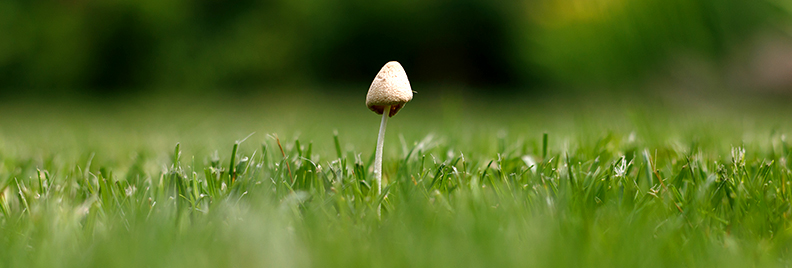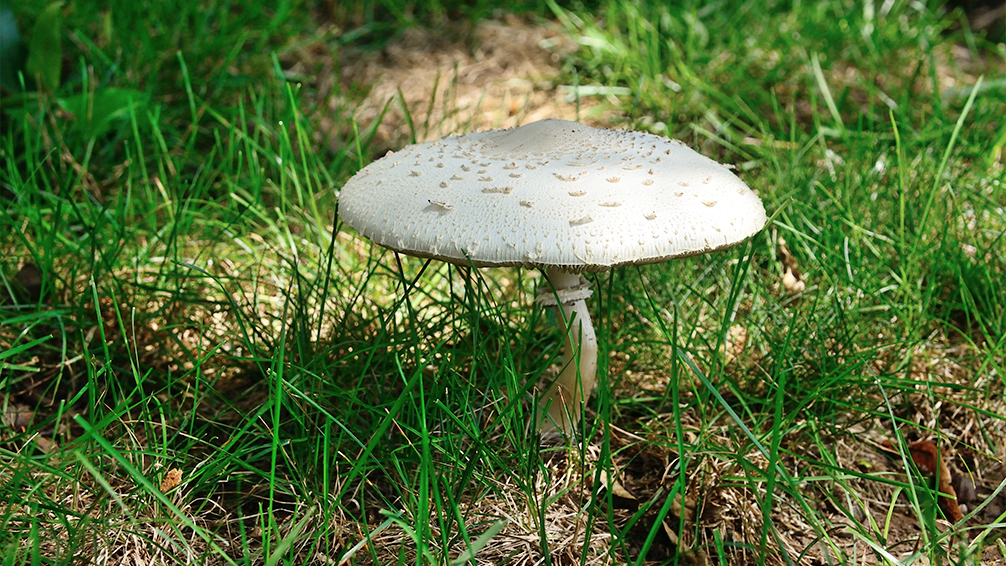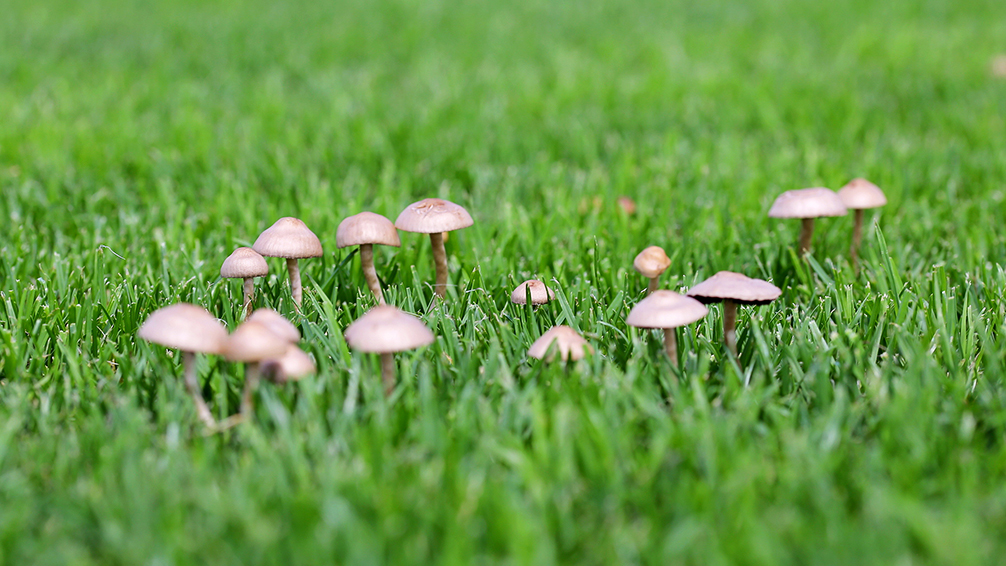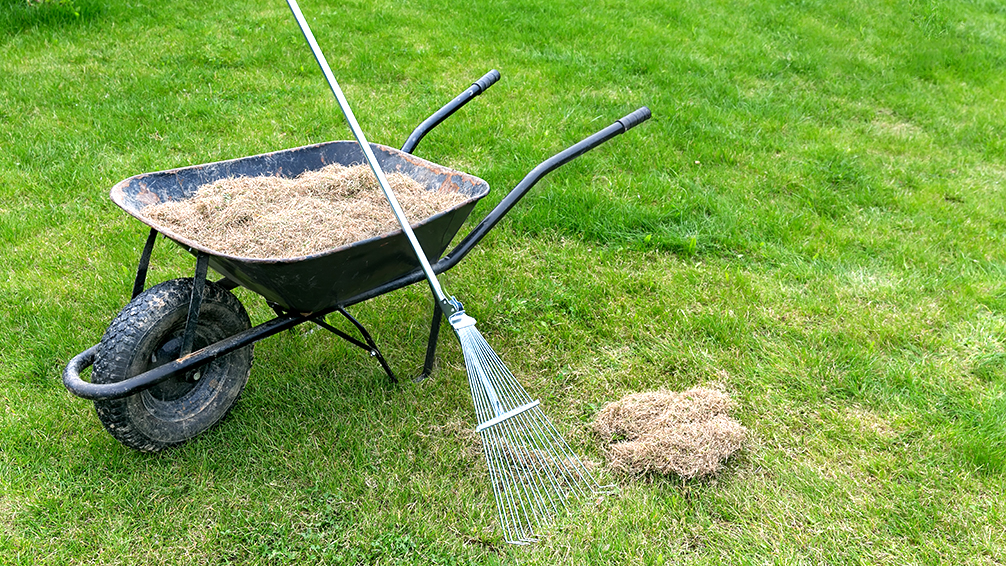
What To Do About Mushrooms On Your Lawn
Mushrooms are a peculiar family of fungi that develop quite quickly, and while the varieties we can buy in the store are pretty delicious, the ones that grow in our lawns aren’t very useful to us. While they don’t pose an immediate threat to your lawn grass or the soil, they can spread and begin to do some damage over time. They have a pretty complex root system below the surface, so if you don’t combat them early, allowing them to multiply, they’re gonna have a pretty established network that can easily produce a new set of mushrooms after the old ones have been removed.
If you’ve got pets or young kids at home, it’s especially important to remove mushrooms from your lawn, because many are toxic and can cause significant illness. Now, getting rid of mushrooms is one thing, but the emergence of mushrooms often signals that there are underlying issues in the soil, so you’ll also have to do some troubleshooting to prevent mushrooms from recurring.
Here are some basic guidelines for getting mushrooms out of the yard, and keeping them out!

What Makes Mushrooms Grow?
The ideal location for mushrooms to develop is around decomposing organic matter, like animal feces or old lawn debris. Lovely, right? Getting too lax on lawn cleaning will result in a build-up of natural debris that can harbor bacteria and suddenly become a mushroom factory overnight. If the area is also heavily shaded by tree canopies or nearby walls and fences, it’s gonna be prime real estate for mushroom development.
Poor drainage in the soil can also make your lawn susceptible to mushroom growth. All that stagnant water pooling under the surface with nowhere to go will collect a lot of bacteria. Since good drainage is essential to the health of your lawn grass and garden plants, mushrooms are an indicator that you need to put some effort into improving your soil quality.

When To Remove Mushrooms
Removing mushrooms early in their development is recommended because they haven’t yet released their spores. If a mushroom was a fruit, the spores are like the seeds they spread to reproduce. If a mushroom is mature and releasing spores, removing them can end up spreading loads of spores all across the lawn, which sets you up for a much bigger mushroom problem down the road.
Killing Mushrooms With Consan 20
A few applications of Consan 20 will cut back on the mushrooms and their spores effectively. Fill up a spray bottle, and blast those shrooms with a generous coating of solution each day until they start to wither and die. By about day 4 of the treatment, those mushrooms should be toast. Then, you can just remove them by raking them up and disposing of them in the trash.
Preventing Mushrooms From Coming Back
To make sure your lawn doesn’t continue to get overrun by pesky mushrooms, go through these steps each year to keep it healthy and fungi-free:
- Do complete, thorough lawn cleanups, once in the early spring and once in late fall
- Use an aerator to improve air circulation and drainage in your yard
- Amend heavy, compacted soils with high quality compost like Nature’s Way Leaf Mold Compost.
- If possible, reduce the amount of shade in your yard by trimming back tree branches
If you’re having trouble getting those mushrooms to hit the road—which is common since they have a root system that runs deep below the soil surface—feel free to talk to one of our experts about more advanced solutions for fungicides. Visit us in-store, or give us a call, and we can arrange for any products you need to be delivered to your home, or placed outside for curbside pickup.



Comment (1)
Can the fungus that grows in the yard interfere with the plant?
Comments are closed.